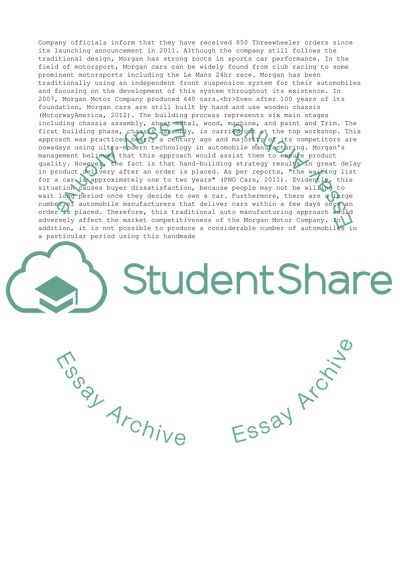Cite this document
(Project Feasibility Study Essay Example | Topics and Well Written Essays - 2000 words, n.d.)
Project Feasibility Study Essay Example | Topics and Well Written Essays - 2000 words. https://studentshare.org/management/1771781-project-feasibility-study
Project Feasibility Study Essay Example | Topics and Well Written Essays - 2000 words. https://studentshare.org/management/1771781-project-feasibility-study
(Project Feasibility Study Essay Example | Topics and Well Written Essays - 2000 Words)
Project Feasibility Study Essay Example | Topics and Well Written Essays - 2000 Words. https://studentshare.org/management/1771781-project-feasibility-study.
Project Feasibility Study Essay Example | Topics and Well Written Essays - 2000 Words. https://studentshare.org/management/1771781-project-feasibility-study.
“Project Feasibility Study Essay Example | Topics and Well Written Essays - 2000 Words”. https://studentshare.org/management/1771781-project-feasibility-study.


